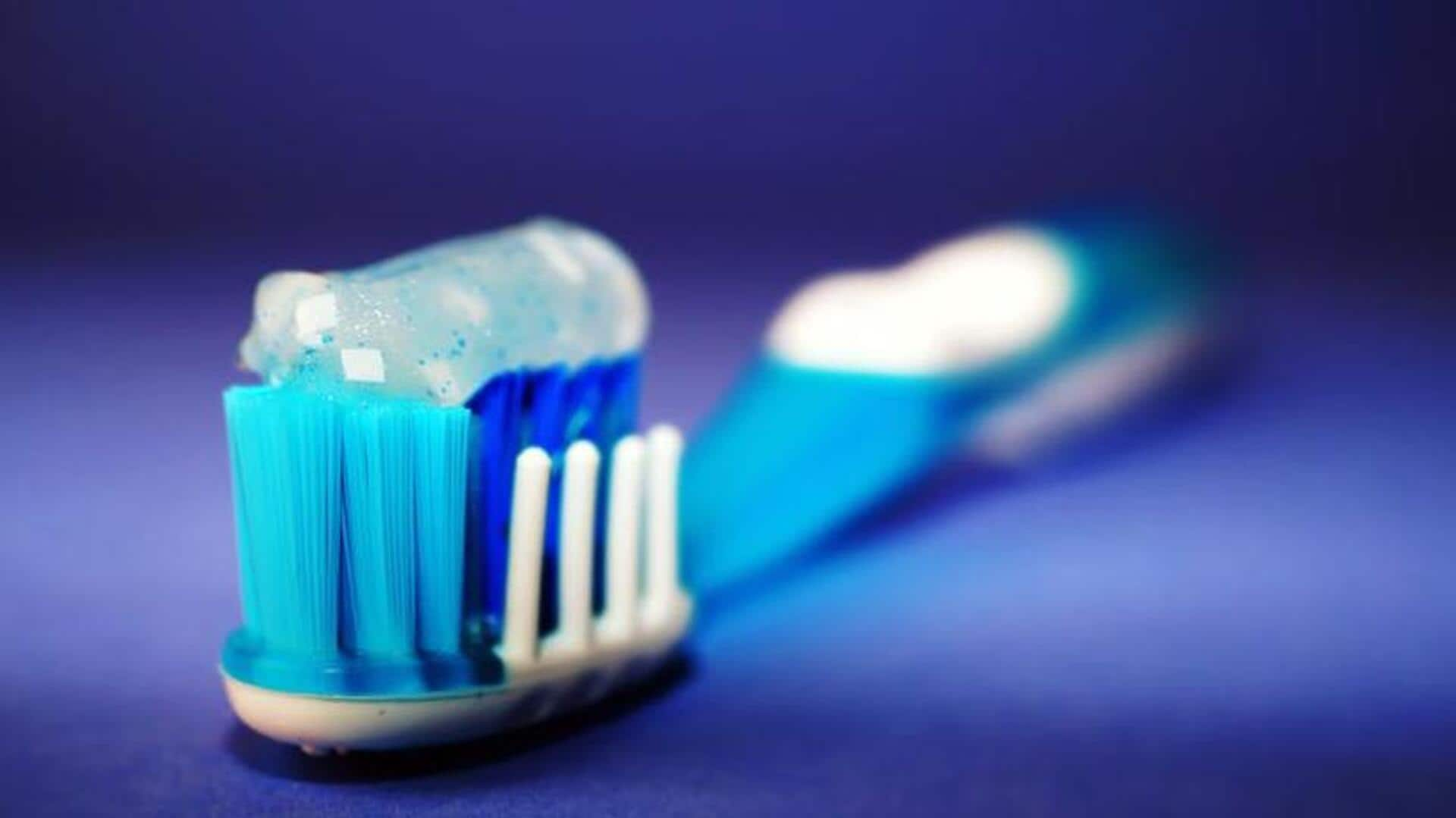
Key factors to note when buying a toothbrush
What's the story
Your smile is one of your most valuable assets, and maintaining good oral hygiene is key to preserving it. One of the fundamental tools in your oral care is your toothbrush. However, with the plethora of options available in the market, choosing the right toothbrush can be a bit overwhelming. Viren Khuller, director of STIM Oral Care, shares tips to consider when purchasing toothbrushes.
Type
Type
There are two main types of toothbrushes: manual and electric. Manual toothbrushes require you to move the brush head yourself, while electric toothbrushes do the work for you. Choose between a manual or an electric toothbrush based on your preference and specific oral health needs. Electric toothbrushes often come with built-in timers to ensure you brush for the recommended two minutes.
Bristles
Bristles
The bristle type is one of the most critical factors to consider. "Toothbrush bristles come in a variety of types, including soft, medium, and hard. Soft bristles are generally recommended as they are gentle on gums and tooth enamel," says Khuller. Meanwhile, hard bristles can be too abrasive for your enamel and gums, potentially leading to sensitivity and erosion.
Size and handle
Size and handle
Khuller suggests that the brush head should be small to fit comfortably in your mouth. "A small head toothbrush will help to reach and clean the last molar," he says. Similarly, the handle of the toothbrush should be easy to grip and comfortable to hold. Some toothbrushes offer ergonomic handles designed to provide a secure and comfortable hold.
Usage
How to use the brush correctly
Khuller says that the angle of the toothbrush while brushing should be at 45 degrees to your gum line, and you should brush in small, circular motions. Be sure to brush all surfaces of your teeth, including the front, back, and top. "Replace your toothbrush every two months, or sooner if the bristles are frayed or worn," recommends Khuller.